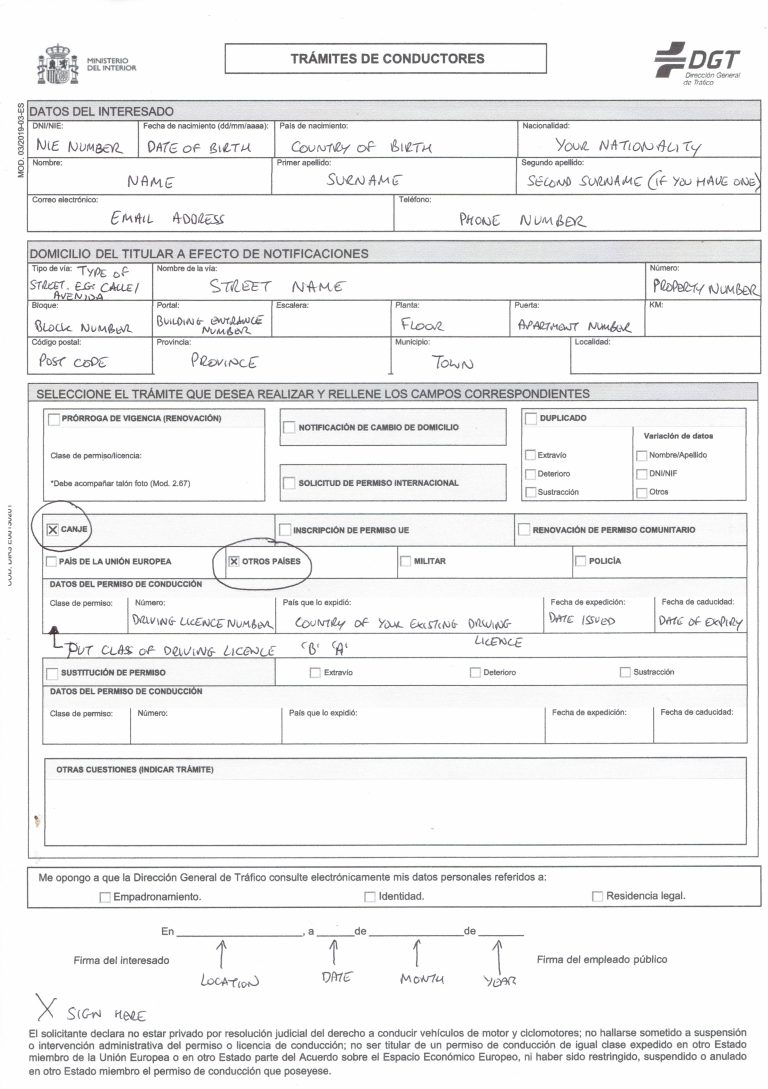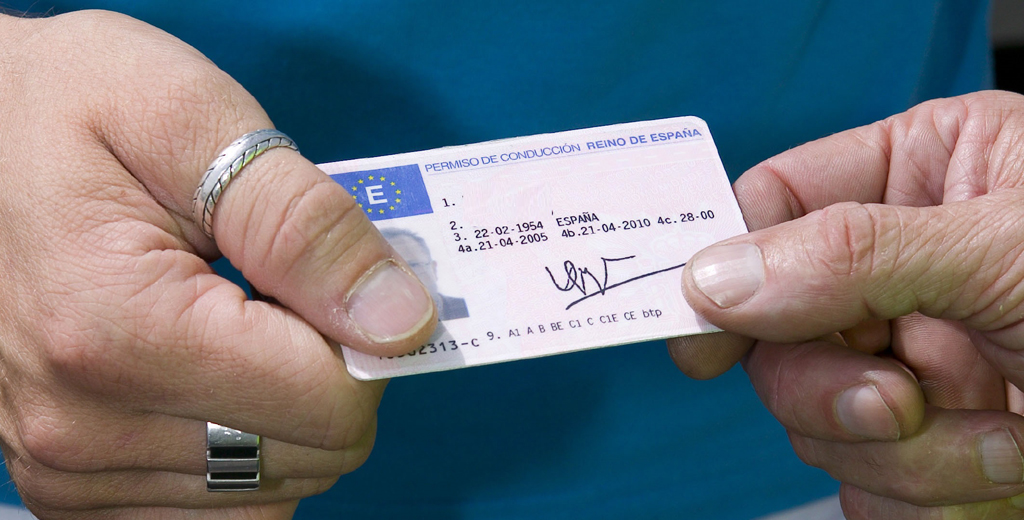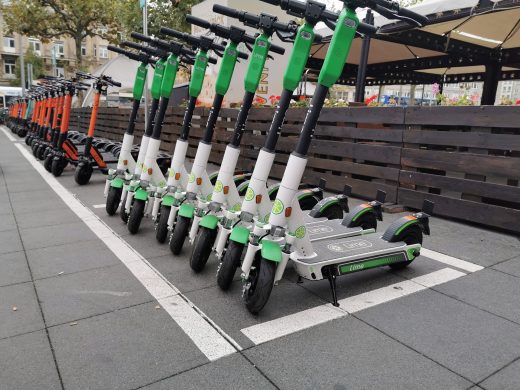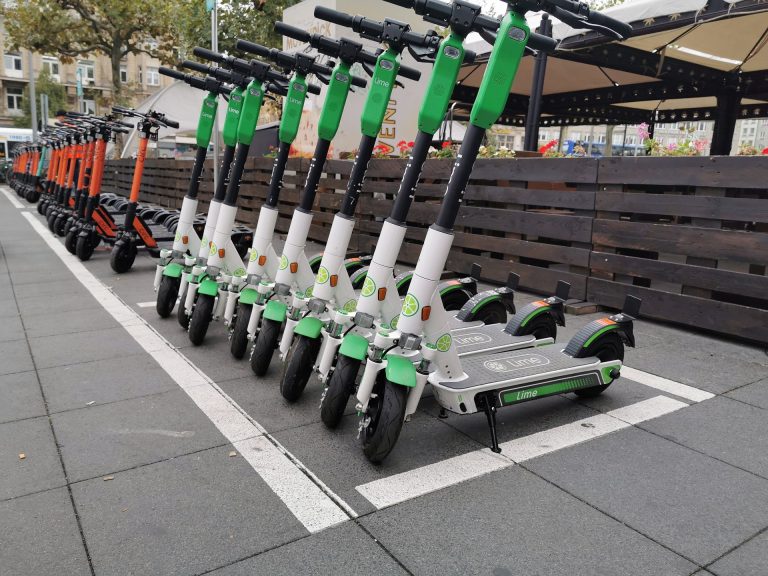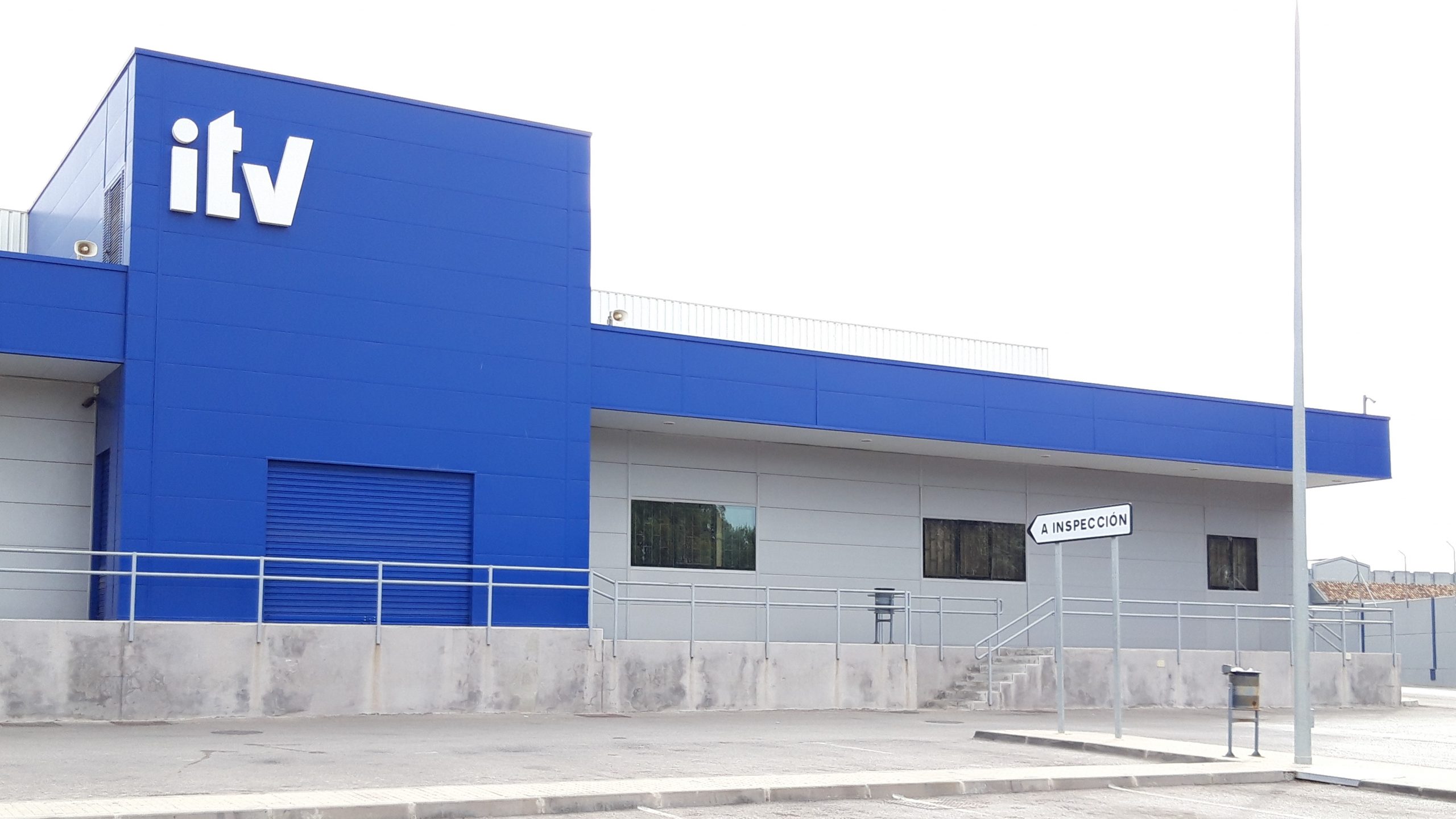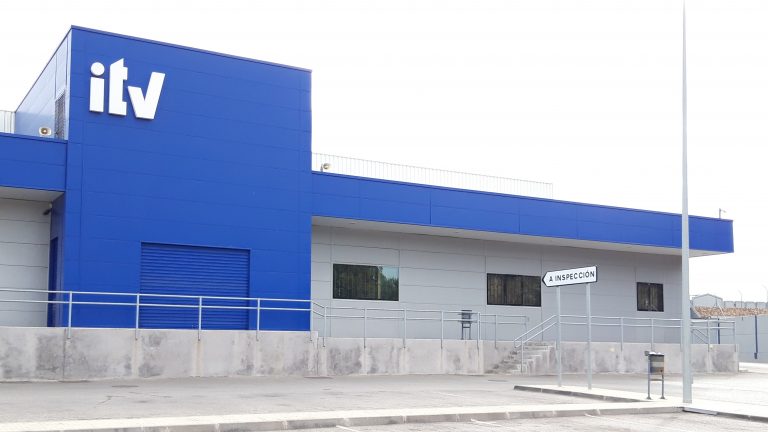If you are living in Spain, then you have 6 months in which to exchange your UK driving licence for a Spanish driving licence. You will not be able to drive a vehicle after that period using your UK driving licence, if you are a resident of Spain. However, if for some reason you have not exchanged your UK driving licence for a Spanish one within 6 months then although you can no longer drive you can still organise the transfer to a Spanish licence, without having to sit the Spanish driving test.
To change your UK driving licence to a Spanish driving licence you will need an appointment at the regional traffic office (Trafico).
At the top of the page that opens is a google translate tool which will change the text into English.
When it opens you will see an icon showing a person sitting across a desk from another person. Click that icon to get to the appointment page.
Select Appointment request the first blue and white icon on the left showing a computer screen.
On the next screen select your Regional Traffic Office from the left drop-down column. Then in the right dropdown column select the procedure type. For UK licences select “Office Formalaties”/”Trámites de Oficina”. Do not select “Driving licence Exchanges”/”Canjes de permisos de circulacion”. This is for EU licences.
Below you will see a list of what you will need to take to that meeting.
When you attend that meeting you will also need to take:
- A completed exchange application form.
- Proof that you have successfully undertaken the aptitude test known as “psicotécnico”.
- Your identification
- Proof of residence (DNI or residence card/TIE)
- Your UK driving licence
- Your permit verification code
- Proof of payment of the fee 2.3. We believe this can be paid at the Regional Traffic centre but please remember they do not accept cash. It will have to be a card payment. The fee in 2023 was 28.87 euros.
- Current photograph 32x26mm in colour with a plain background.
